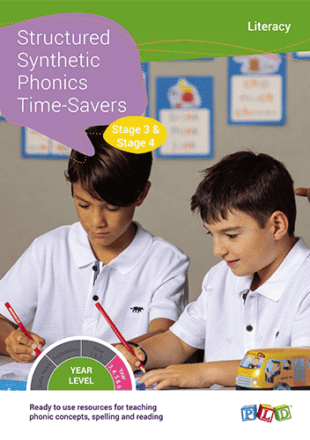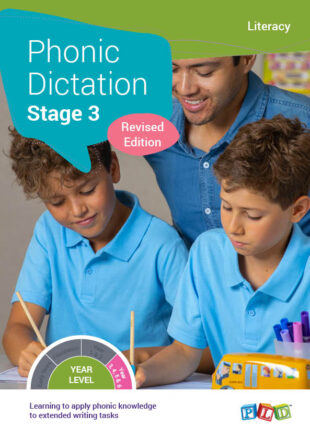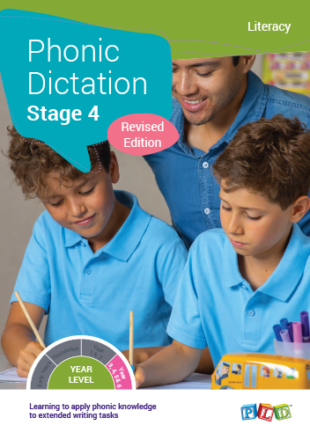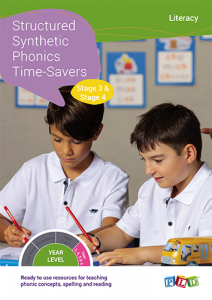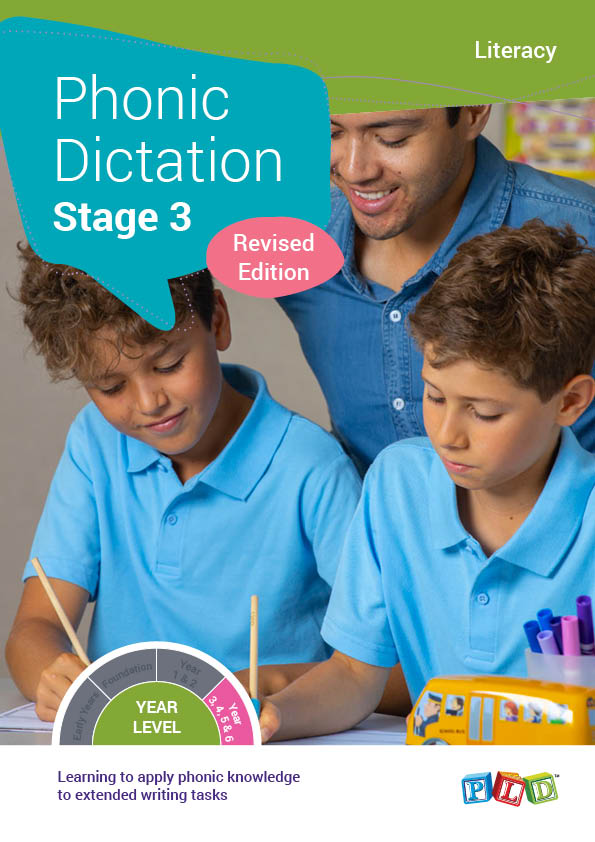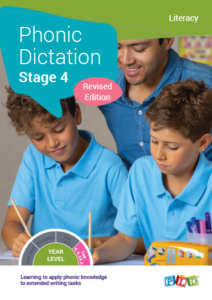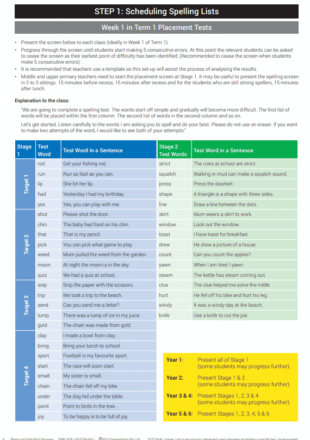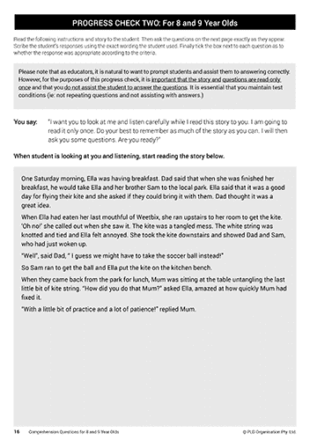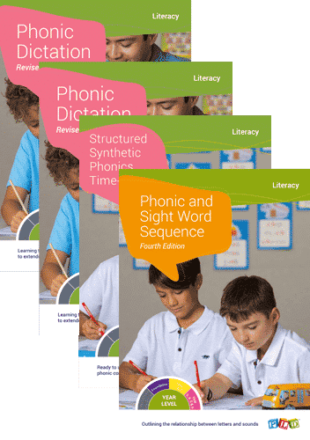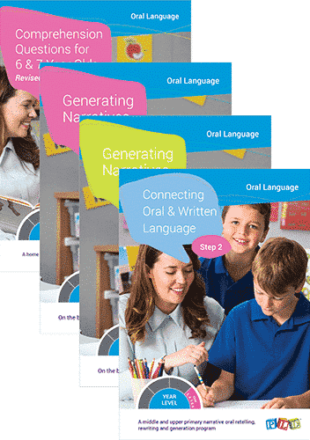Essential Year 3 and 4 Literacy Starter Pack
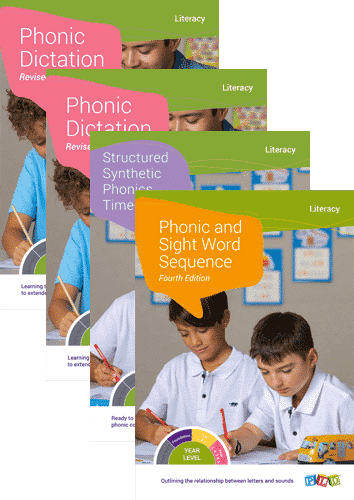
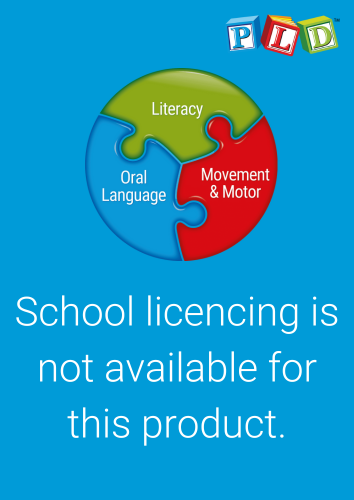
In stock
The Essential Year 3 and 4 Literacy Starter Pack will cover teaching Stage 3 and 4 words in reading, spelling and transferring phonic concepts into extended writing.
In Years 3 and 4, there will typically be a significant range in student ability in most classrooms. Some students will still present with junior primary levels and require targeted Structured Synthetic Phonics (SSP) instruction.
Other students will present with average or advanced skills and require phonic-based word study that progresses from analysing words at the individual sound (or phoneme) level to syllabic spelling with a focus on prefixes, suffixes and word knowledge as the vocabulary of the words become sophisticated.
By the end of Year 3 and 4, the average student should be able to:
- Read and spell the majority of the Stage 3 and 4 words.
- Fairly consistently transfer Stage 3 and 4 phonic concepts into extended writing.
- Understand the meaning of the spelling words and be able to apply them in extended writing.
Following PLD’s SSP approach, we have combined 4 of our essential literacy resources in the Essential Year 3 and 4 Literacy Starter Pack.
The Essential Year 3 and 4 Literacy Starter Pack includes:
- Phonic Sight Word Sequence
- Structured Synthetic Phonics Time-Savers – Stage 3 & 4
- Phonic Dictation – Stage 3
- Phonic Dictation – Stage 4
Other Essential Literacy Starter Packs:
- Essential Early Years Literacy Starter Pack
- Essential Foundation Literacy Starter Pack
- Essential Year 1 Literacy Starter Pack
- Essential Year 2 Literacy Starter Pack
- Essential Year 3 & 4 Literacy Starter Pack
- Essential Year 5 & 6 Literacy Starter Pack
About PLD Literacy in the Middle & Upper Primary
PLD provides an Australian, evidence-based approach to Structured Synthetic Phonics (SSP) for primary school educators. Aligned with the Science of Reading, PLD’s SSP approach extends from the junior primary years through to the upper primary years and thereby facilitating a whole school approach.
PLD’s method is derived from the disciplines of speech pathology, occupational therapy and education. As an Australian publisher and professional development provider, PLD advocates that literacy and learning outcomes are maximised for children when their literacy, oral language and movement and motor skills are targeted.
Typically there is a significant range of ability in the majority of middle and upper primary classrooms. Some students will present with junior primary skills, while others will be above their age-related peers.
Supporting students who are experiencing difficulty, while extending students who are more than capable, is central to PLD’s Structured Synthetic Phonic (SSP) offering.
While Starter Packs offer a budget-friendly option and are well-suited for schools with limited resources or multi-year classrooms (e.g. Prep – Year 3, or Years 3 – 6), we strongly recommend the Integrated SSP Kits for schools seeking a streamlined, consistent and high-impact Structured Synthetic Phonics (SSP) implementation.
Each Integrated SSP Kit includes all the essential resources a teacher needs in one easy-to-use box – reducing prep time, simplifying planning and supporting effective instruction. Designed to save time while maximising classroom outcomes, the kits offer the most comprehensive and efficient way to deliver PLD’s SSP approach.
Essential Year 3 and 4 Literacy Starter Pack – School Licence


School licensing options are currently being developed to allow schools to share products with staff electronically (e.g. saved on servers or accessible within online platforms) and will be available soon. If you would like to be notified when this offering is available, please express your interest here.
Books: PLD’s books may be used by the authorised purchaser within their classroom, however there are restrictions regarding modifying, copying or sharing. Full details can be found here.
School Licences: A School Licence allows access to a resource to be shared with an unlimited number of employees who are employed by the ‘Authorised purchaser’. These resources can be accessed by multiple users simultaneously and can be printed (subject to restrictions) or displayed by employees of the ‘Authorised purchaser’ within their classroom. Learn more here.
Downloadable resources & screening tools: These resources can be viewed, downloaded, printed and shared providing the resources are not modified in any way. Learn more here.
Breaches of Australian Copyright Law are taken seriously and may result in legal action being taken. Full copyright information can be found. Learn more here.
Additional information
Phonic and Sight Word Sequence
| Weight | .90 kg |
|---|---|
| Dimensions | 30 × 21 × 1.5 cm |
Structured Synthetic Phonics Time-Savers – Stage 3 & 4
| Weight | 1.04 kg |
|---|---|
| Dimensions | 29.5 × 22.5 × 1.5 cm |
Phonic Dictation - Stage 3
| Weight | .70 kg |
|---|---|
| Dimensions | 30 × 21 × 1.5 cm |
Phonic Dictation - Stage 4
| Weight | .76 kg |
|---|---|
| Dimensions | 30 × 21 × 1.5 cm |




